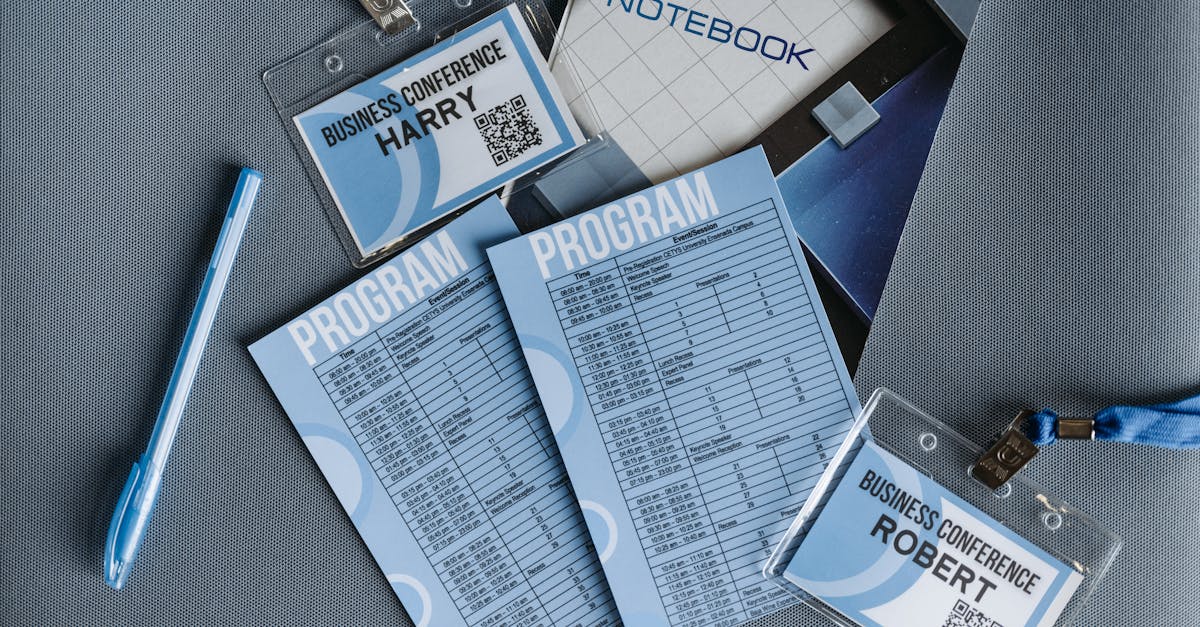
Introduction
Tired of juggling spreadsheets, email threads, and last-minute audits? Small legal and HR teams at growing companies face a relentless stream of vendor reviews, hires, contracts, and cross‑border data questions — often with limited time and no dedicated GRC headcount. Manual processes let risks slip through, slow approvals, and make audits painful.
Document automation can change that by standardizing intake, evidence collection, and remediation so your team focuses on the riskiest issues. This article shows a practical, step‑by‑step approach—core framework elements, automated scoring (vendor intake, DPIAs, contract flagging), template linkages, workflow examples, Formtify templates, and deployment tips—so you can implement an auditable compliance workflow that scales with your business and keeps regulators and auditors satisfied.
Core elements of a risk assessment framework adapted for small legal/HR teams
Purpose and scope: Define what you’re assessing (vendors, hires, data transfers, contracts) and the regulatory lenses you must meet. Keep the scope narrow to start so the small legal/HR team can operate the compliance workflow without external resources.
Essential components
- Risk inventory: searchable register of risks by category (privacy, reputation, contractual, financial).
- Risk criteria and thresholds: likelihood, impact, and inherent vs residual scoring rules.
- Roles and owners: who validates scores, who remediates, escalation paths for high-priority items.
- Evidence model: required artifacts (policies, background checks, DPAs), provenance, and retention rules.
- Mitigation tasks and SLAs: actionable items linked to each risk with due dates and owners.
These elements let you run a lean compliance process management approach while maintaining regulatory compliance and demonstrating controls for audits.
Practical notes
- Use a short compliance checklist for intake to avoid scope drift.
- Design scoring to surface the top 10% of risks — that’s where your limited remediation capacity should focus.
- Map the framework to any existing internal audit process or governance risk and compliance (GRC) program.
Automating risk scoring: standard questionnaires, DPIAs and contract flagging
Standard questionnaires: Turn repeatable intake questions into a form-based scoring engine. Structured questions (yes/no, multiple choice, numeric) map directly to weighted scores so the compliance workflow can produce consistent risk grades.
Use cases to automate
- Vendor intake: run a short vendor questionnaire that outputs an initial risk tier and required controls.
- Employee background risks: automate screening fields and flag gaps that require HR follow-up.
- Data-transfer DPIAs: use a DPIA form to capture data flows, legal basis, and mitigation — then auto-surface when a cross-border transfer is detected. See a DPIA template here: Formtify DPIA.
Contract flagging: Configure rules that scan contract metadata (clauses present, jurisdiction, counterparty type) and create flags to require a DPA, non-compete review, or executive sign-off. Useful templates: DPA template and non-compete template.
Implementation tips
- Start with a small set of high-impact rules (privacy, data export, payment terms).
- Use built-in scoring logic in your compliance workflow software to automate triage and notifications.
- Keep a human validation step for mid/high risks to avoid false positives.
Linking contract and policy templates to risk inventories and mitigation tasks
Direct linkages reduce manual work: Attach contract and policy templates to risk entries so when a risk is created the right document or template is suggested automatically.
How to map templates to risks
- Tag templates by risk category and regulatory requirement (e.g., privacy, labor, export controls).
- When a vendor or hire is scored high for a given risk, the workflow auto-assigns the relevant template (for example, a DPA or non-compete) and creates remediation tasks.
- Store signed documents and version metadata on the risk record to support audits and the internal audit process.
Example templates to link: DPA, non-compete, and your policy controls such as control-board rules.
Operational benefits
- Faster remediation because tasks include the exact document to use.
- Improved compliance management and audit readiness with linked evidence.
- Clear owner accountability — the workflow shows who must sign, review, or update the template.
Workflow examples: vendor risk assessments, employee background risks, data-transfer DPIAs
Vendor risk assessment — compact workflow:
- Intake form triggers the compliance workflow.
- Automated scoring produces a tier (low/medium/high).
- If medium/high, generate remediation tasks: DPA, SOC report request, escalation to legal.
- Attach verification evidence and close the loop with sign-off.
Employee background risk — compact workflow:
- HR initiates a background-check intake form.
- Automated checks populate risk fields; flags create follow-up tasks (additional screening, role restrictions).
- Link to policy templates and training requirements in the employee record.
Data-transfer DPIA — compact workflow:
- Data flow identified (manual or system detected).
- Launch DPIA template, capture transfers, legal ground, and safeguards.
- Automated scoring determines whether approvals are needed; high-risk flows trigger mitigation tasks and executive sign-off.
- Example DPIA template: Formtify DPIA.
Each example shows how a well-designed compliance workflow combines questionnaires, automated scoring, and clear remediation tasks to keep regulatory compliance manageable for small teams.
Formtify templates to standardize evidence collection and scoring fields
Why templates matter: Standard templates enforce consistent fields, make scoring auditable, and reduce back-and-forth during evidence collection.
Key template types to deploy
- Intake questionnaires and compliance workflow template for vendor and hire intake.
- DPIA and data-processing agreement templates: DPIA, DPA.
- Policy and control templates: control-board rules.
- Contract templates such as non-compete for HR use.
Standard fields to include
- Unique risk ID, category, owner, and status.
- Quantified scoring fields (likelihood, impact, residual score).
- Evidence upload fields with required file types and retention metadata.
- Remediation task links, SLA dates, and approval checkboxes.
Using Formtify templates accelerates adoption of compliance workflow automation, ensures consistent scoring across the compliance management lifecycle, and creates a clear audit trail for internal audit and regulators.
Deployment tips: versioning, stakeholder sign-off, and integrating GRC metrics into dashboards
Versioning and change control: Track template and workflow versions. Store a changelog and require approval for changes that affect scoring or legal language.
- Use minor/major version numbers and freeze the version used for closed risks to preserve auditability.
- Keep a rollback plan and archive deprecated templates instead of deleting them.
Stakeholder sign-off: Build mandatory sign-off steps into your compliance workflow for high-risk items: legal, HR, and an executive owner for critical exceptions.
- Automate reminders and require attestations so sign-offs are auditable.
- Include a brief rationale field on sign-off to capture business justification for exceptions.
Integrating GRC metrics into dashboards: Surface a few meaningful KPIs in leadership dashboards to drive action without noise.
- Suggested KPIs: open risks by severity, average remediation time, % of risks with evidence attached, compliance training completion rate.
- Feed these metrics from your compliance workflow software into BI tools or your policy management software dashboards.
- Align metrics to your governance risk and compliance (GRC) objectives so they inform budget and staffing decisions.
Finally, pair the deployment with a short compliance training program for owners and reviewers so your small legal/HR team can scale the compliance process management with confidence.
Summary
This article walked through a practical, lightweight approach to GRC for small legal and HR teams: define a narrow scope, maintain a searchable risk inventory, apply simple scoring rules, link templates and evidence, and automate remediation tasks and sign-offs. Document automation standardizes intake and evidence collection, reduces manual handoffs, and creates a clear audit trail so your team can focus limited bandwidth on the riskiest items. A well‑designed compliance workflow built from templates and a few high‑impact rules speeds decisions, improves accountability, and keeps auditors and regulators satisfied. Ready to start? Explore templates and deployment tools at https://formtify.app.
FAQs
What is a compliance workflow?
A compliance workflow is a repeatable sequence of steps that takes an issue from intake through assessment, remediation, and closure. It defines who does what, what evidence is required, and the approval gates so tasks are auditable and consistent.
How do you create a compliance workflow?
Start by defining scope, stakeholders, risk criteria, and required evidence. Build simple intake forms and scoring rules, map owners and SLAs, pilot with a small use case, then iterate based on feedback and audit findings.
What are the key steps in a compliance workflow?
Typical steps are intake (data capture), automated scoring, evidence collection, remediation task assignment, approvals/sign-offs, and closure with versioned records. Instrumenting KPIs and dashboards closes the loop for leadership and audit purposes.
What software is used for compliance workflows?
Teams use a mix of form and document automation platforms (like Formtify), GRC or policy management tools, contract management systems, and BI dashboards for metrics. Choose tools that integrate, preserve an audit trail, and let you start small with template‑driven workflows.
How does compliance automation reduce risk?
Automation reduces human error, enforces consistent evidence collection, and ensures that high‑risk items are triaged and escalated promptly. It also creates versioned records and audit trails, so remediation is verifiable and repeatable.





